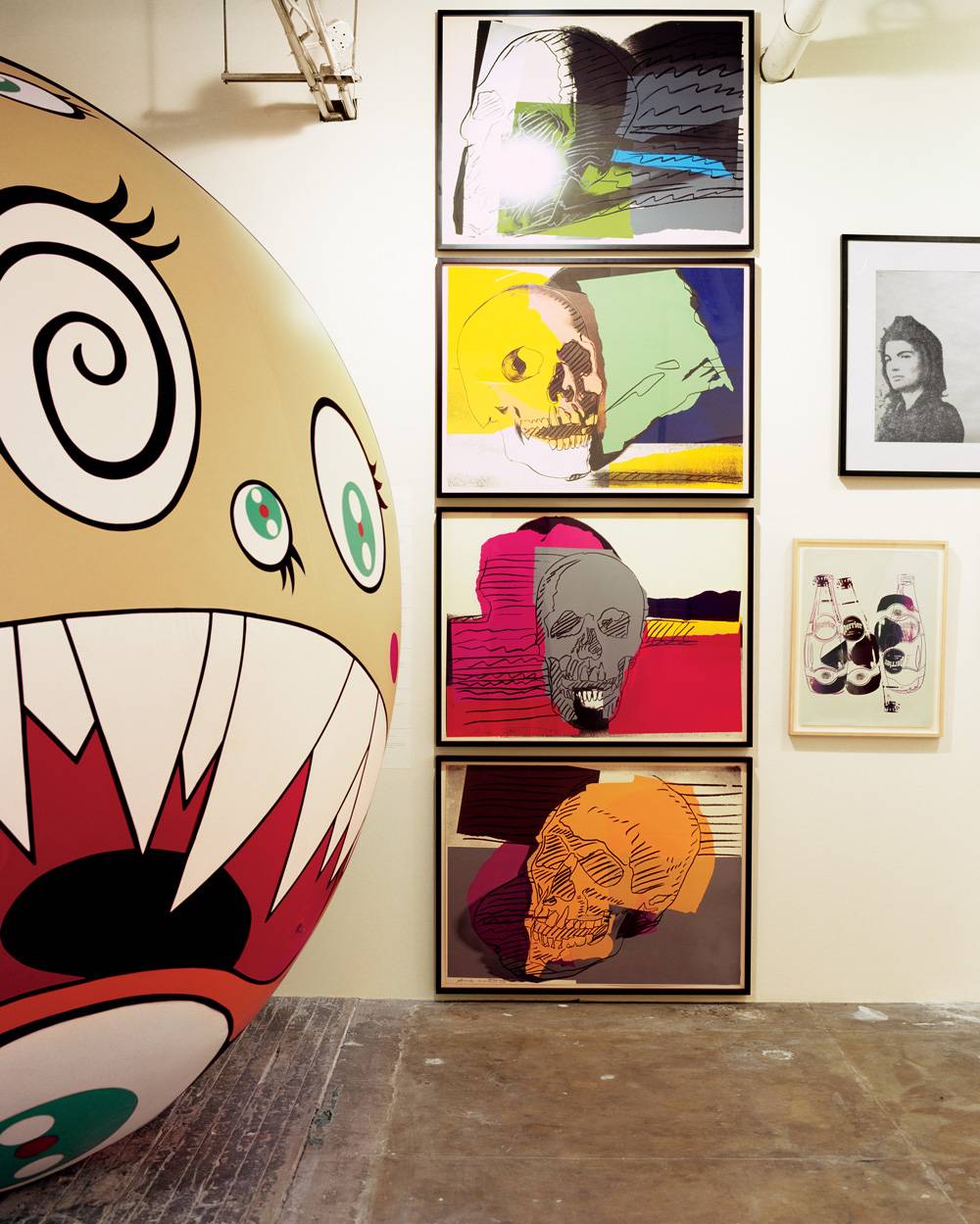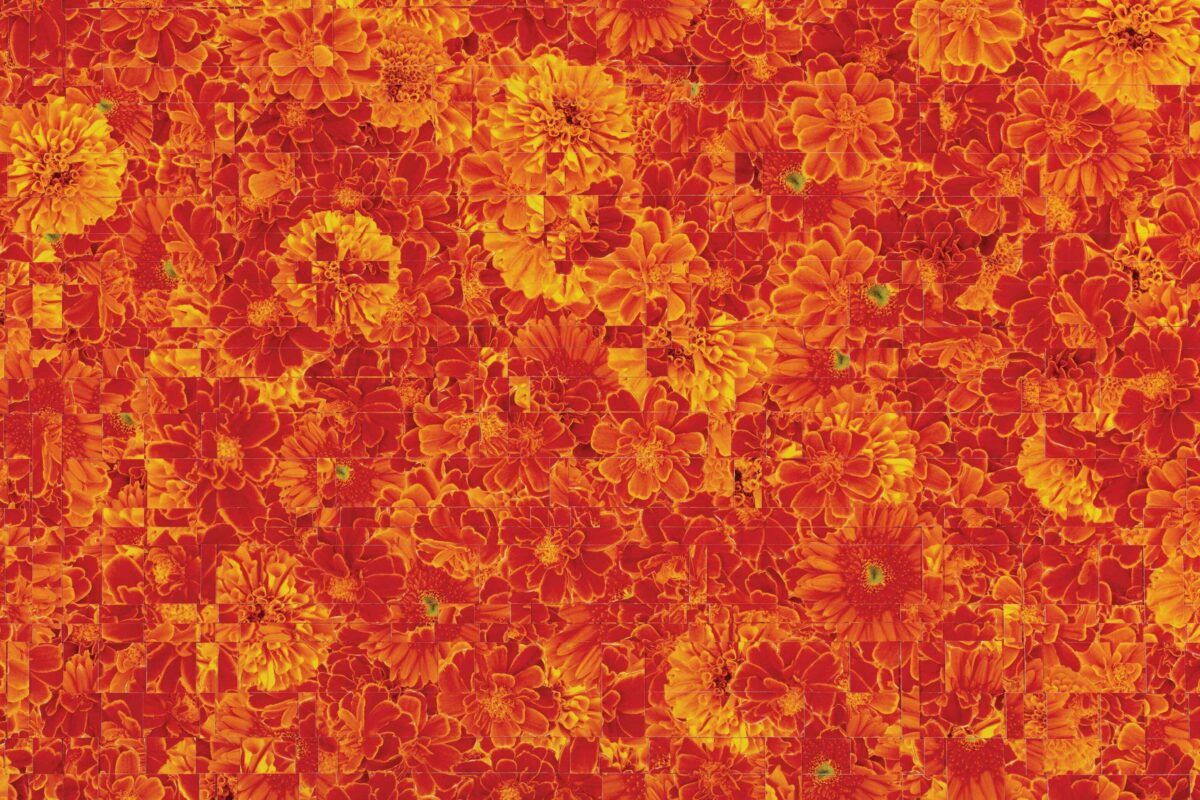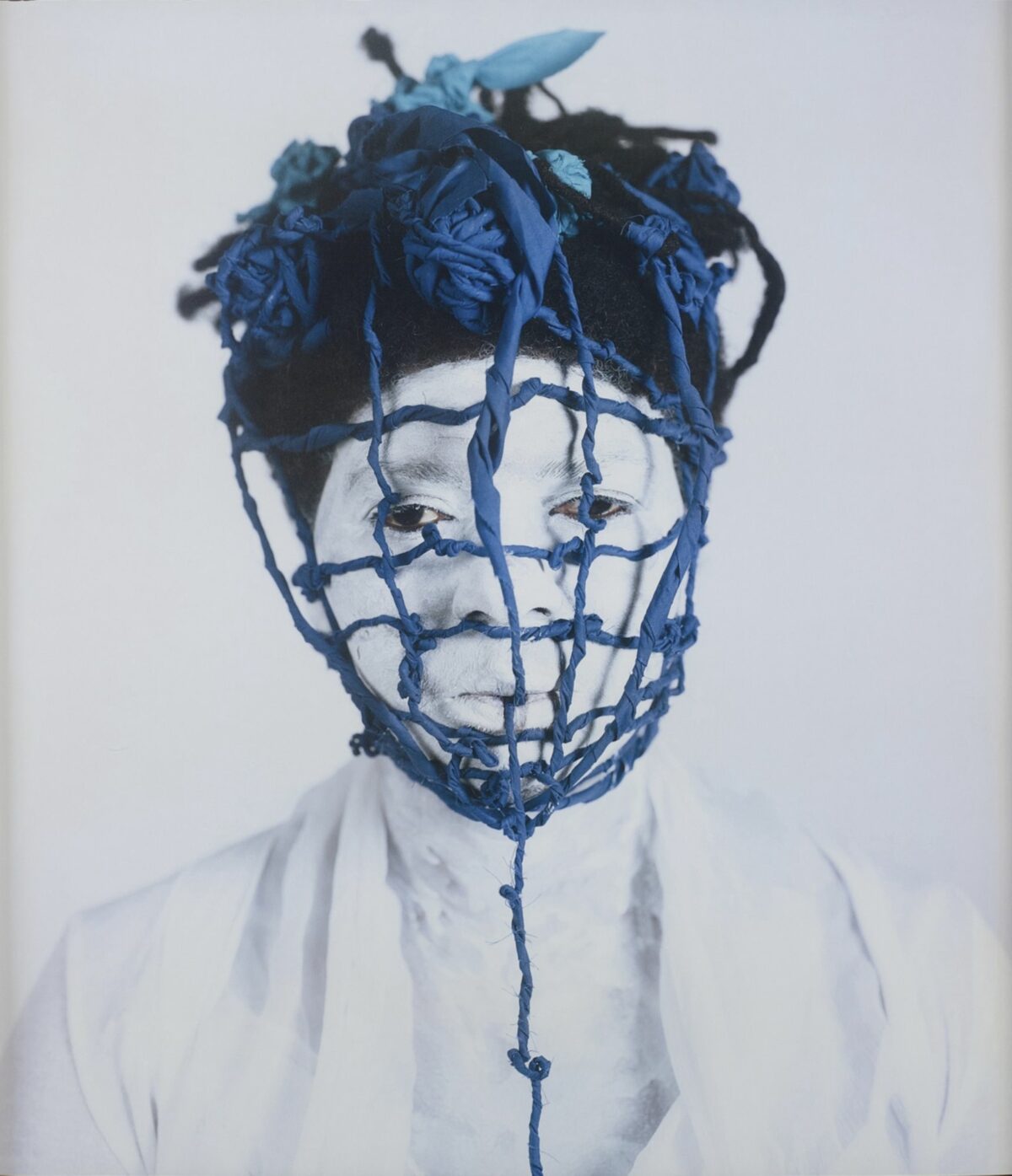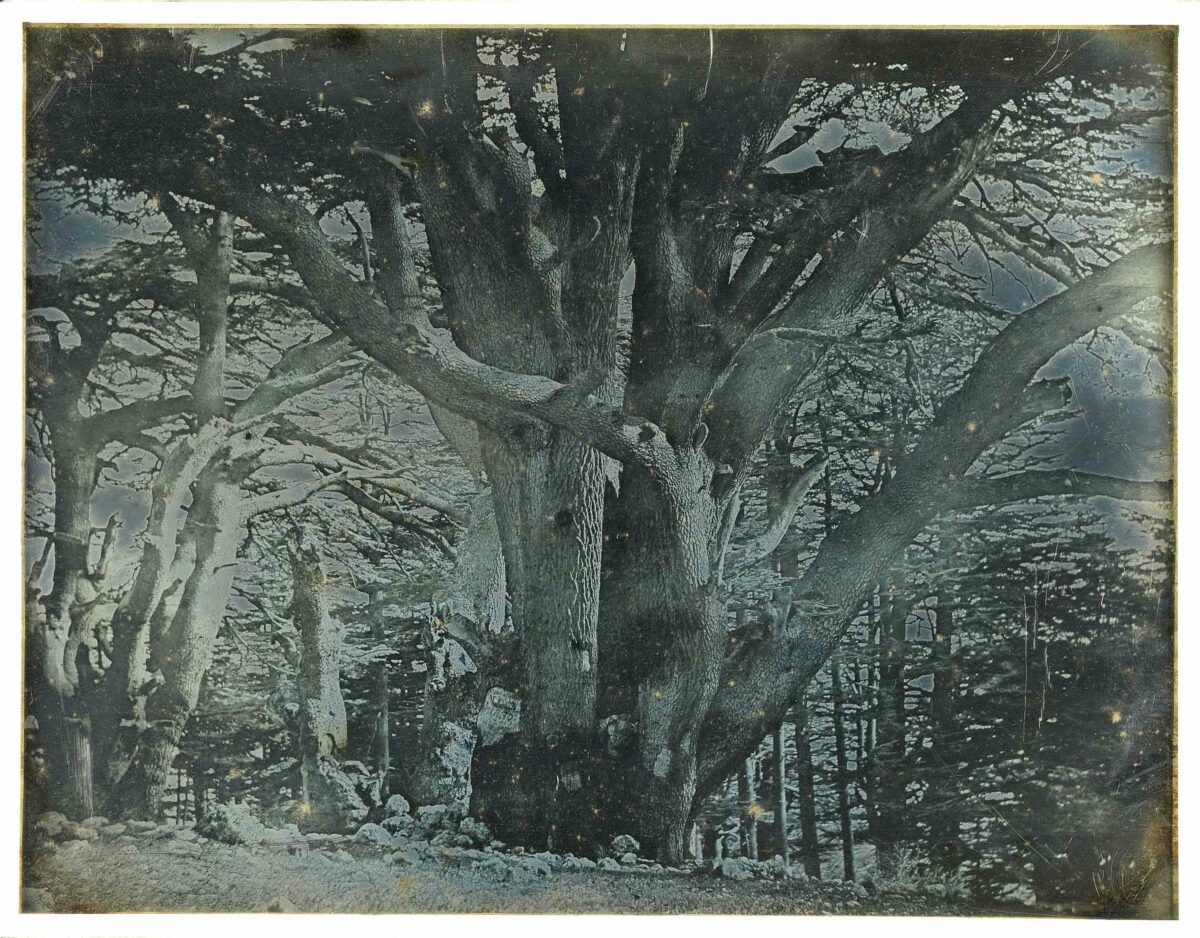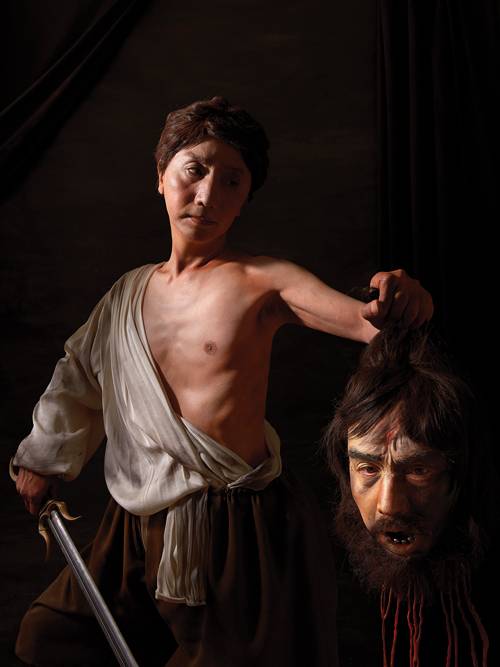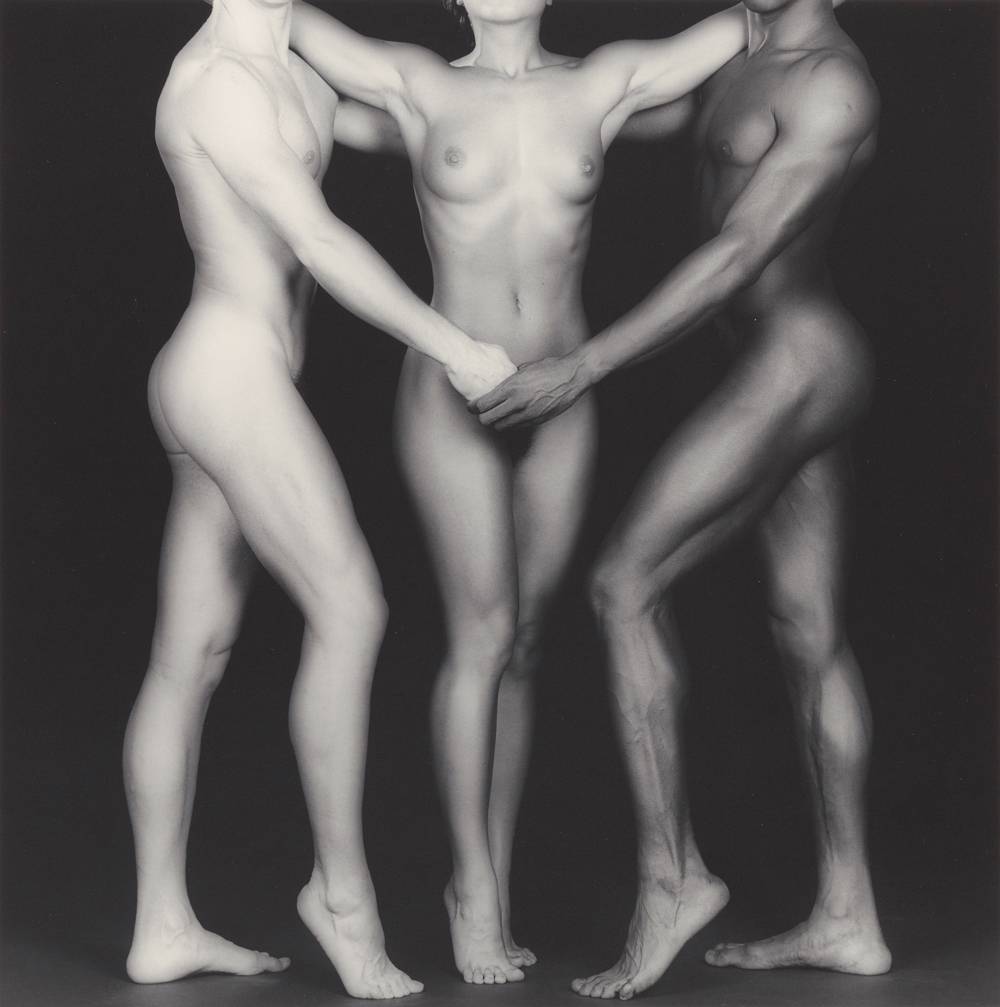

Laurie Brown chronicles the changing nature of place, scrutinizing in particular the junctures where undisturbed land meets land groomed for development. While this show did not bill itself as a survey, it responsibly and satisfyingly tracked Brown’s career over three decades, starting in the 1970s.
The early work is especially illuminating in its synthesis of a cool, curious gaze (she studied under New Topographics photographer Lewis Baltz) and a more sensual regard for the earth as canvas or sculptural site. Bulldozed hillocks, the staccato line of subdivision housing lots, and the traces of heavy machinery were Brown’s found, real-world response to the earthworks created by Michael Heizer and Robert Smithson. Her Earth-Scans from the late ‘70s combine wide panoramic grids into sets of individual, slightly discontinuous views of tractor-embossed terrain. The format suggests clinical observation but the horizonless prints themselves read like primitive calligraphy, urgent coded markings of human presence. Examples from several series from the ‘80s also comprise serial images or montages. They show Brown investigating the storytelling and history-making capacities of different forms of mapping and musing on ancient sacred architecture as a foil to present-day structures built for profit.
From the ‘90s onward, Brown has favored the single-image panoramic expanse, its breadth a natural match for the insistent horizontality of the western landscape and its sweeping survey an effective visual form for totalizing propositions about how we currently relate to the earth. The pictures are at once stark and grand. Brown frames places of interruption and imposition. Land is pushed and piled on one side of a boundary, and on the other, left to be. The modular units of housing tracts are densely packed right up to an edge that gives way to an exhalation of open space.
Much of what Brown photographed was happening immediately around her in Southern California. Seeing the pictures so close to their point of origin amplified their relevance. In the early ‘90s and well into the 2000s, Brown turned to Las Vegas, among the richest locales to witness the clash of spontaneous changes in nature and calculated human fantasy; she turned also to color, the better to convey that dazzling friction. The Las Vegas Periphery series feels like mainstage absurdism. Brown shoots the audacity of efforts to transform the desert into the tropics with a keen and level eye, letting the jarring contrast between dry sand and lush lawn speak for itself. The line between mercilessly bullying the earth and merely playing out our own improvisational habitation upon it is one that Brown leaves for us to determine.



